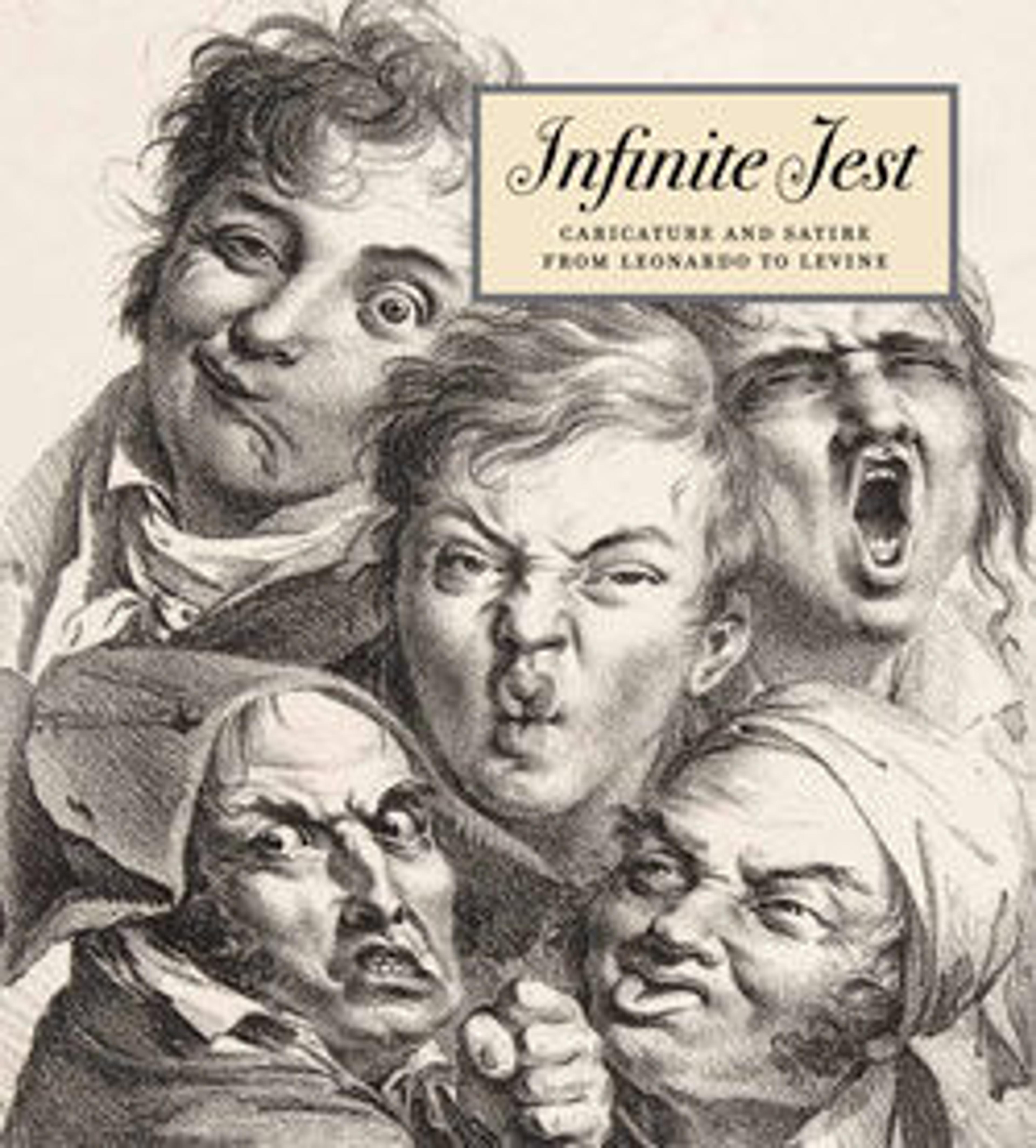The Patriotick Barber of New York, or the Captain in the Suds
In this satire, issued in London the year before the outbreak of the American Revolution, Captain John Crozer, commander of a British ship, has been recognized in the barbershop of Jacob Vredenburgh, a New York Son of Liberty who refuses to finish shaving him. The subject demonstrates how New Yorkers refused to cooperate with British troops garrisoned in the city from the autumn of 1774. When the story reached England it inspired this print. The following verse is printed below the image: "Then Patriot grand, maintain thy Stand,/ And whilst thou sav'st Americ's Land,/ Preserve the Golden Rule;--/ Forbid the Captains there to roam,/ Half shave them first; then send 'em home,/ Objects of ridicule." Some of the figures are caricatured, others represented more realistically. The names of Sons of Liberty are inscribed on wig boxes throughout the compostion. Famous defenders of civil liberties, William Pitt the Elder, 1st Earl of Chatham, and Charles, 1st Earl Camden are portrayed in prints that hang on the back wall.
Artwork Details
- Title:The Patriotick Barber of New York, or the Captain in the Suds
- Artist:Attributed to Philip Dawe (British, ca. 1745–1809?)
- Publisher:Robert Sayer and John Bennett (British, active 1774–83)
- Date:February 14, 1775
- Medium:Mezzotint
- Dimensions:plate: 13 7/8 x 10 in. (35.3 x 25.4 cm)
sheet: 16 1/2 x 11 9/16 in. (41.9 x 29.3 cm) - Classification:Prints
- Credit Line:Gift of William H. Huntington, 1883
- Object Number:83.2.181
- Curatorial Department: Drawings and Prints
More Artwork
Research Resources
The Met provides unparalleled resources for research and welcomes an international community of students and scholars. The Met's Open Access API is where creators and researchers can connect to the The Met collection. Open Access data and public domain images are available for unrestricted commercial and noncommercial use without permission or fee.
To request images under copyright and other restrictions, please use this Image Request form.
Feedback
We continue to research and examine historical and cultural context for objects in The Met collection. If you have comments or questions about this object record, please contact us using the form below. The Museum looks forward to receiving your comments.
